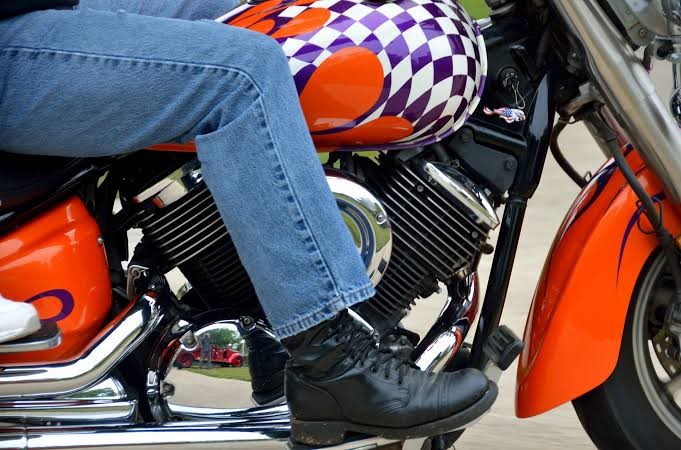For motorcycle enthusiasts, bikes are their most prized possessions. Whether new or used, they cherish every mile riding on their investment. However, many newcomers looking to get their first pre-owned bike either lack in their research or let their excitement of hitting the road get in the way of crucial pre-purchase inspections.
If you are considering buying a pre-owned bike, you need to make a wise decision. Just checking leaks and dents on the bike isn’t enough; you need to dig deep; check every detail with a microscopic eye, and tick off the quality checklist before you seal the deal. Therefore, we have compiled a handy checklist that you can refer to while buying a pre-owned bike:
- Overall Appearance Of The Bike
If you are buying a pre-owned bike, we assume that bike cosmetics are a top concern. Though you may have to overlook the faded paint-finish, we recommend drawing the line at multiple visible and irreversible scratches or dents. Chances are, if overall cosmetic value isn’t even satisfactory, the rest is not going to be a fun ride either.
Carefully inspect the bike and check every external detail with a close eye. Check the spots where dirt could easily accumulate in order to get the sense if the bike has been cleaned specifically for viewing or if it’s been nicely maintained throughout.
- The Cold Bike Test
Starting and running an already warm engine is easier than a cold one. When you go for an inspection, tell your seller not to start the bike before you get there. Check if the bike is cold by holding your hand over the exhaust or engine. Piece of caution: touching might lead to a burn if it’s hot.
Once you know it’s cold, you’re in a good spot to test the bike. A cold engine means cooler engine oil and cold oil is thicker and harder to pump. Therefore, more force is needed to reheat the engine. Here, a weak battery or ailing starter may struggle to start and reheat the engine, revealing a crucial problem to you.
- Clutch And Brakes
Squeeze the clutch and release. It should feel smooth and seamless. A little flaccid clutch won’t cause big trouble; it can easily be adjusted. But if you feel heavy rigidity, it indicates a problem in the clutch system. Also, engage the clutch and check if the bike rolls fluidly in first gear.
Coming to the brakes, before taking the bike for a test ride, roll the bike forward and apply front brakes to check the stop response. When you go for the test-ride, use both the front and rear brakes to get a feel for the stop response while riding. Also, check how the brakes work when the bike is speeding. If you experience some thrumming, it could be due to a bent rotor.
- The Fuel Tank
When buying a pre-owned bike, it is necessary to check the fuel tank. Take out your flashlight and peep inside the fuel tank. If you see light amber colored fuel through which you can easily spot the metal interior, it’s good news for you. But, if all you see is a dark fluid, it’s cause for worry.
Also, check for sediment, rust, or grit in the fuel tank. To do so, slowly rock the bike from side to side and see into the fuel tank. If present, the sediments will move from side to side along with the fuel.
- The VINs
Checking the VIN or the Vehicle Identification Numbers is a must to keep scammers away. The VINs on the engine and the frame should match. Call the manufacturers, state authorities, and the insurance company to check if the bike had a contentious history.
The Final Words
Do not let your used bike persistently remind you that it is not brand new. Strike off the above-mentioned checklist items before you buy a pre-owned bike so that you can enjoy the open roads without any interruptions. Or, lay your faith in Greenville Motor Sports, the dealers that sell you nothing but the best pre-owned bikes.









